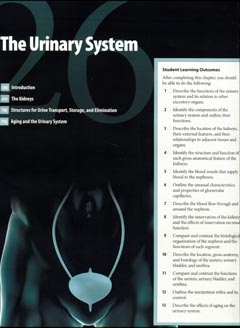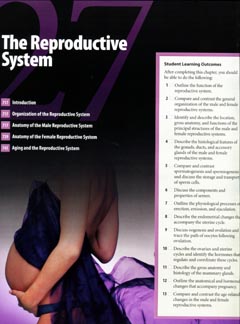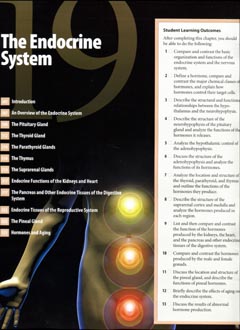|
Study Tips for
Anatomy Lecture Exam 6 |
|||||||
Lecture Exam 6 will be take place May 27 at 1:00 PM, delivered by e-mail. The last Lab Practical will take place May 20, delivered via Canvas at 1 :00 PM. This final unit of study encompasses the digestive, urinary, endocrine and reproductive systems. Please read the sections of Chapters 25, 26, 27 and 19 preescribed in the lecture schedule When you are finished preparing for this last exam, you should be able to ... . 1. Sequentially name and describe the composition and function of all segments of the digestive tract from the mouth to the anus.This includes the major digestive organs such as teeth, tongue, salivary glands, esophagus, stomach , small intestine, large intestine, rectum, pancreas, liver and associated ducts and sphincters. 2. Differentiate the histology and exocine contributions and functions of the mouth vs. the stomach. 3. Diagram and describe the histological makeup and distinct functions of the four tunics of the small intestine. 4. Be able to describe the attachment, composition and functions of the four peritoneal subparts: the mesentery proper, lesser omentum, greater omentum and mesocolon. 5. Compare the size, attachments and digestive functions of the liver vs. the pancreas. 6. Name, describe and give the primary locations for the four digestive processes mentioned in lecture. 7. Diagram and discuss the physical relationships of the gross anatomical elements of a kidney as can be seen in a frontal ssection. 8. Diagram the tubular and vascular components of a typical nephron and be able to define and explain the processes of glomerular filtration, tubular reabsorption and tubular secretion, including where they occur along the nephron. 9. Follow the flow of a water molecule entering the kidney at the renal artery, through the uninary system to its elimination at the urethra. Name all circulatory and renal structures traversed. Compare this pah to one of a RBC, which would not be filtered at the glomerulus. 10. Differentiate structurally and functionally between the male and female urethra. 11. Name and give the location and the gross and microscope anatomy of all endocrione glands discussed in lecture. Give the full name of the hormones produced by each, their targets and distinct actions. Be able to describe the major symptoms associated with hyper and hyposecretion of each hormone. 12. Name and describe the composition, physical relationships and functions of genital and reproductive structures in the male and female body, including a description of gamete development in either gonad. 13. Describe the anatomical design that permits penile erection. 14. Follow the path of a gamete of either sex from its point of origin to its presumptive destination or encounter with the opposite gamete. 15. Compare analogous and homologous reproductive structures in the male and female body.
Also, you should practice your exam readiness by considdering these specific Chapter Review Questions: Chapter 25: The Digestive System Level 1: 2, 6, 9, 10, 11,13, 14, 15, 16, 17, 19 Level 2: 1, 3, 5, 6, 8, 9 Level 3: 2, 3 Chapter 26: The Urinary System Level 1: 2, 4, 6, 7, 9, 10, 11, 12, 16, 18, 21 Level 2: 1, 4, 7, 8, 10 Level 3: 1, 3 Chapter 19: The Endocrine System Level 1: 2, 3, 4, 5, 7, 10, 11, 15, 16, 18, 19 Level 2: 2, 5, 6, 7, 8 Level 3: 3 Chapter 27: The Reproductive System Level 1: 1, 2, 3, 5, 11, 12, 13, 14, 15, 16 Level 2: 1, 2, 8 Level 3: 2, 3
As always, please feel free to text me with any questions : (661) 449-7280.
|
||||||||
|
||||||||



